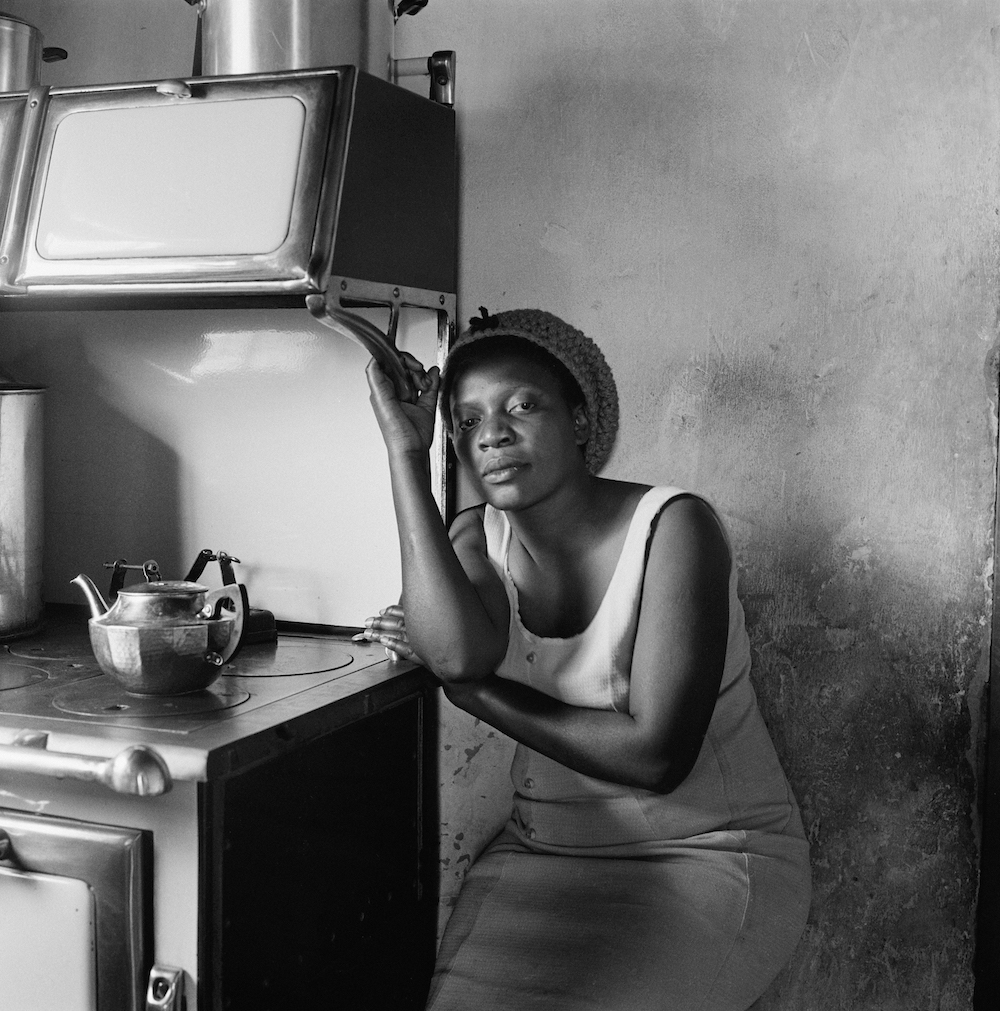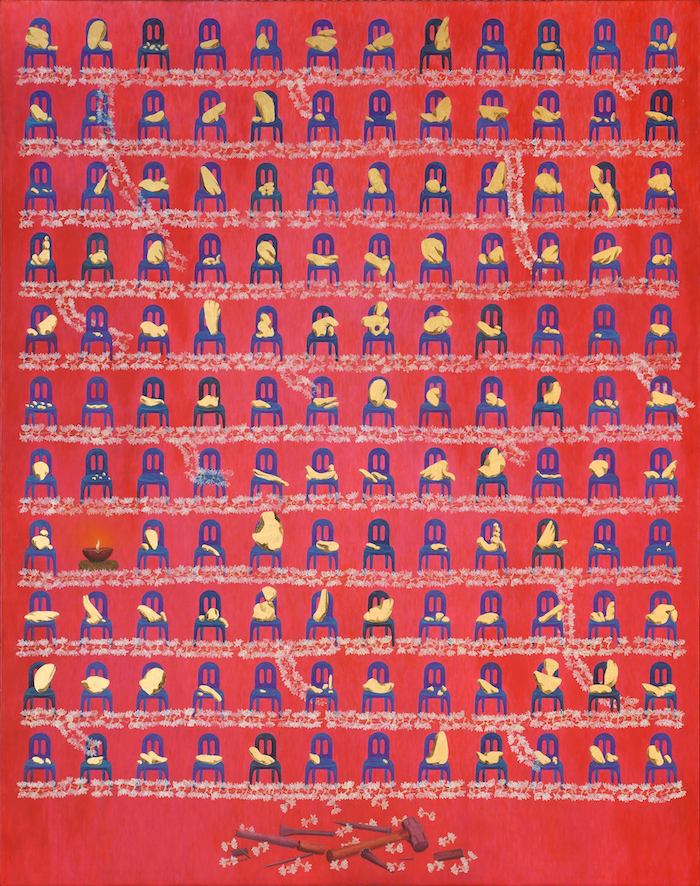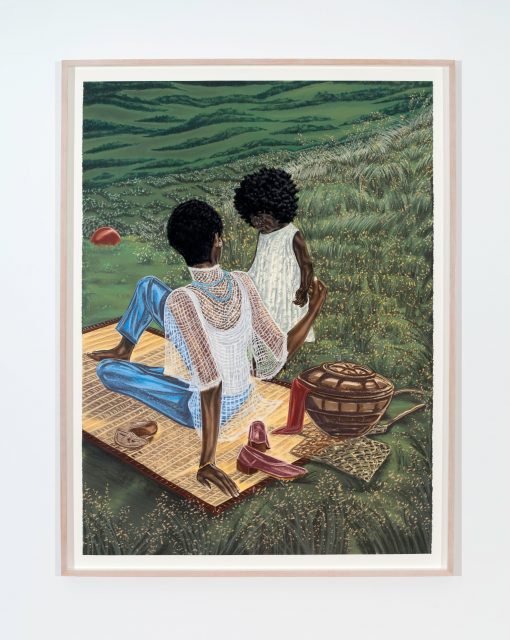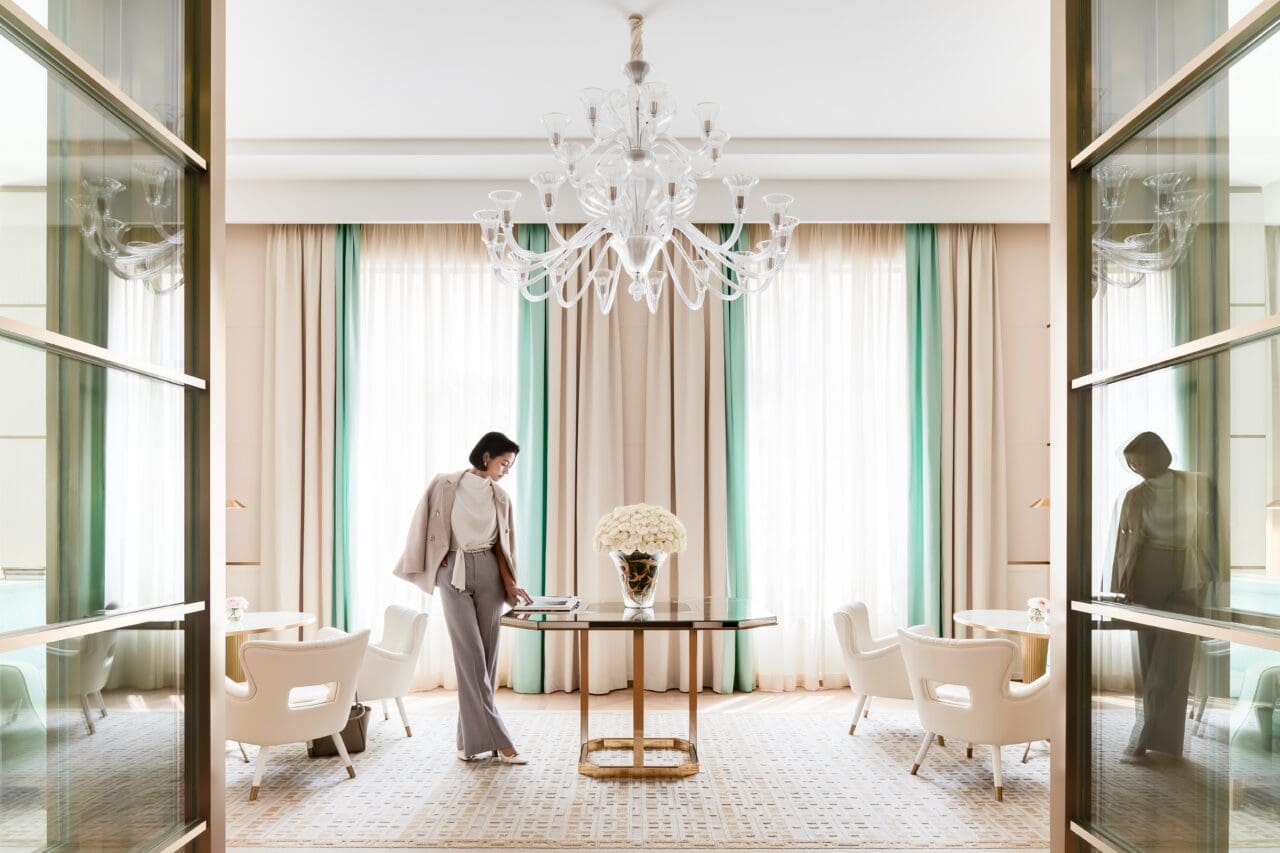Usually staged tri-annually in Basel, Miami Beach and Hong Kong, Art Basel was cancelled this year as a result of the global coronavirus pandemic. Instead they launched an Online Viewing Rooms in March, to connect the world’s leading galleries with their international network of collectors and art enthusiasts, and revealed a second one this June after the positive feedback from galleries across all levels of the market. Adeline Ooi, the Asia Director of Art Basel, claims the online viewing rooms offered some serious and qualified leads and connections, as well as strong sales. But more than that, she says, “it was important for us to provide an alternative platform for the art world to engage and stay connected during these times.” Here she discusses the shift from real life to virtual art fair.
How have you improved on the first edition of Art Basel’s online viewing rooms?
With the constructive feedback we received after the first edition back in March, our teams have integrated new functions for both the galleries and audience’s side for the June edition, such as the capability for users to ‘like’ and share their favourite works. Videos can now be embedded for every artwork, allowing galleries options such as close-up shots or short clips of artists talking about their own works. An events program consisting of live-streamed talks, curator tours, as well as digital events staged by galleries – from studio tours to performance – also accompany this second edition.
What has sold in the Online Viewing Rooms this time around? Have there been any sales that were surprising or noteworthy?
During the first day of the June Online Viewing Rooms, many galleries reported brisk sales across all levels of the market with a wide variety of price points. Selected sales as of today include Tokyo Gallery + BTAP from Japan selling Kishio Suga’s PROTRUSION 925S to a collection in Asia, LambdaLambdaLambda, a gallery from Kosovo (also the gallery’s debut), selling seven works by Hana Miletić sold for prices between EUR 2,000 and 5,000.Hauser & Wirth selling Mark Bradford’s The Press of Democracy for USD 5 million dollars. Gagosian also did very well with Jia Aili’s canvas-and-glass work Mountain and Line (2020) selling for USD $350,000, and a Mary Weatherford abstract painting with neon elements selling for USD $310,000.
How many visitors have you had to the site?
Over the course of seven days, the first edition of Online Viewing Rooms in March attracted more than 250,000 visitors from around the globe. What Art Basel’s Online Viewing Rooms provide is an additional opportunity to stay connected across continents at a time when international travel is nearly impossible.
Is there a specific kind of work or type of artist that does particularly well in an online gallery?
Browsing the Online Viewing Rooms is a very different visual experience than seeing art in person, and that is something that we do need to bear in mind when we explore these digital platforms. We have received strong sales reported from galleries on a wide range of works, by very varied artists. In this edition of the Online Viewing rooms, we offered galleries the opportunity to integrate a YouTube or Vimeo of an artist to introduce their works and, by doing that, we allow collectors to have a deeper understanding of the works on view, for whatever medium, be it sculptures, installations, videos and more. Collectors are always in search of the best quality work, be it online or offline.
The art world for so long has been tentative about embracing digital technology, do you think the changes we’ve seen in the last couple of months will continue after the pandemic?
Prior to the pandemic, digital programming was already commonplace for galleries, institutions and art fairs. Right now, however, the process is being accelerated as we face a period where travel restrictions are still in place. According to the latest Art Basel and UBS Global Art Market Report, 57% of online sales made by dealers were to new buyers who had never been to their galleries or met the dealer in person – showing that the audience buying art online was already present pre-COVID-19.
These digital platforms are what is needed right now – the best alternative we have found in these extraordinary times. It is hard to gauge what the long term impact will be of COVID-19 on the art market. However, we could see how an online platform – in varying forms – could continue to play a role to collectors and the public as a means of accessing art, widening its audience – online and real life eventually complimenting each other. We do not believe that a digital platform can replace the experience of seeing art in real life, but for now Art Basel’s Online Viewing Rooms provide an additional opportunity to stay connected across continents at a time when the art world is not yet able to congregate as we used to.
Are there any events scheduled that you are particularly excited about? How have you tried to keep the events relevant for the current times, in wake of both the pandemic and global anti-racism protests?
In terms of keeping our events relevant, the second edition of our Online Viewing Rooms includes artworks that directly address the urgent, global conversation about inequality and systemic racism – galleries then also choose to supplement their Online Viewing Rooms presentations with related film screenings and conversations. To coincide with a week-long online screening of Handsworth Songs (1986) by John Akomfrah, Lisson Gallery hosted a panel discussion with the artist and filmmaker examining the legacy of his work, as well as the structures of protest and institutional racism. We’ve also had entire film programs accompany the Online Viewing Rooms such as Goodman Gallery streaming Shirin Neshat’s preeminent films.
Our VIP Reps have been offering tailored Zoom tours of the Online Viewing Rooms, a few of which I have attended allowing me to interact one on one with collectors from India, South East Asia and Japan as they are taken through the viewing rooms. Unlike the show, I have had a little more time to attend these events and connect for longer periods of time with galleries and collectors alike.
Do you think these viewing rooms help to democratise art, which can often be seen as elite?
As mentioned above, we could see how online platforms – in varying forms – could continue to play a role to collectors and the public as a means of accessing art – widening its audience.
Are there any emerging artists you’re excited about that are being showcased in Art Basel’s Online Viewing Rooms this month?
Statements in Basel have always been a favourite of mine – a sector focused on emerging voices – always allowing for new discoveries. For this edition of the Online Viewing Rooms, Bank from Shanghai is showing a selection of artists whose works resonate with the current socio-political climate, where the human body has become a site for the discourse of brutality. Grey Noise from Dubai looks at Shreya Karle’s practice while Magician Space from Beijing are presenting emerging Chinese artists Guo Cheng, Liu Yefu, and Wu Chen.
Art Basel’s Online Viewing Rooms run from 19 to 26 June 2020; artbasel.com/viewing-rooms
Editor
Emma RussellCredit
Photo: Kama Mama, Kama Binti (Like mother like daughter) by Hank Willis Thomas, 1971/2008. Courtesy of Jack Shainman












